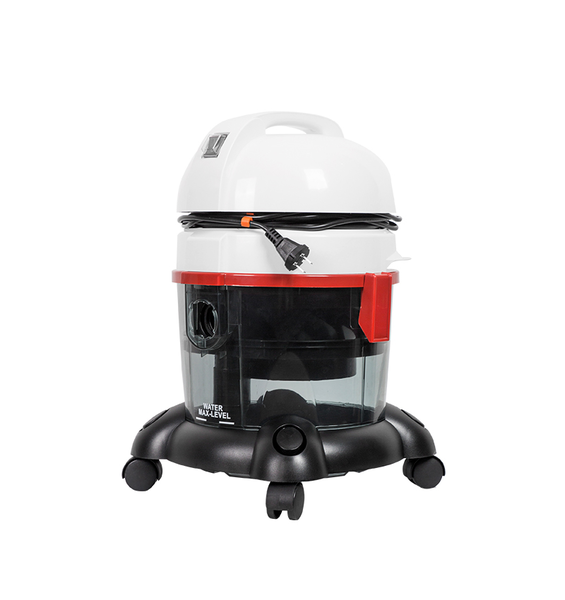Wired vacuum cleaners are designed with several features that make them effective for cleaning under furniture and in tight spaces. Below is a detailed explanation of how they handle these challenges:
1. Low-Profile Vacuum Heads
Many wired vacuums come equipped with low-profile heads or flat suction nozzles that allow them to slide easily under low-clearance furniture, such as beds, sofas, and desks. Some models also have adjustable height settings or hinge mechanisms that enable the head to lie flat when pushed under furniture.
Example: A vacuum with a 2-inch clearance can easily clean under most standard furniture without requiring you to lift it.
2. Swivel or Articulating Heads
A swivel head or articulating neck allows the vacuum to pivot and maneuver more easily in tight corners and around obstacles. This feature is particularly useful for navigating cluttered rooms or reaching behind furniture.
Benefit: The ability to swivel reduces the need for excessive bending or repositioning, making cleaning more efficient and less physically demanding.
3. Extendable Wands and Flexible Hoses
Most wired vacuums include an extendable wand and flexible hose , which can be detached from the main unit for cleaning hard-to-reach areas. These tools allow users to access tight spaces, such as:
Between couch cushions
Under desks and tables
Inside car interiors
Example: A 5-foot hose combined with a 4-foot extendable wand provides extended reach, allowing you to clean under furniture without moving it.
4. Specialized Attachments
Wired vacuums typically come with a variety of attachments designed for specialized cleaning tasks, including:
Crevice tools : Narrow nozzles for cleaning between cracks, along edges, and in tight corners.
Dusting brushes : Soft-bristled tools for delicate surfaces like blinds, baseboards, and upholstery.
Upholstery tools : Nozzles with soft bristles for cleaning fabric furniture without causing damage.
Benefit: These attachments enhance the vacuum's versatility, allowing it to tackle a wide range of cleaning scenarios.

5. Cord Management for Extended Reach
While the cord may limit mobility, it also provides extended reach compared to cordless vacuums with limited battery life. A long power cord (usually 20-30 feet) allows users to move freely within a larger area without needing to unplug and replug the vacuum.
Example: With a 30-foot cord, you can clean an entire room without changing outlets, even when working under furniture.
6. Weight and Maneuverability
Lightweight designs and ergonomic handles make it easier to lift and maneuver the vacuum into tight spaces or under furniture. Models with wheeled bases or balanced weight distribution are easier to push and pull, even in confined areas.
Example: A vacuum weighing 15 pounds or less is much easier to lift and position under low furniture than heavier models.
7. Suction Power in Tight Spaces
Strong suction power is essential for removing dust, dirt, and debris from hard-to-reach areas. However, some vacuums may lose suction efficiency when the nozzle is angled or pressed against surfaces. Models with sealed systems or anti-loss-of-suction technology maintain consistent performance even in challenging positions.
Benefit: Consistent suction ensures that dirt and allergens are effectively removed, even when cleaning at awkward angles or in tight spaces.
8. Examples of Effective Models
Certain brands are known for their superior performance in cleaning under furniture and in tight spaces:
Dyson : Dyson's "Ball" technology allows for easy steering and access under low furniture.
Miele : Miele vacuums often include a "Powerbrush" for deep cleaning carpets and a range of attachments for specialized tasks.
Shark : Shark vacuums feature swivel steering and versatile tools for navigating tight areas.


 中文简体
中文简体

















